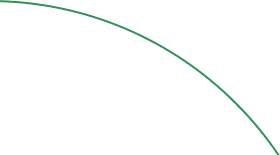



Time Domain Translation and Delay System Analysis
The Time Shifting Property (also called time delay or translation property) shows that delaying a time-domain function by 'a' seconds corresponds to multiplying its s-domain transform by e^(-as). This fundamental property is crucial for analyzing systems with time delays, modeling real-world propagation delays, designing control systems with transport delays, and understanding causality in physical systems. It bridges the gap between mathematical idealization and real-world systems where signals take finite time to propagate.
Process Control and Feedback System Design
Models chemical processes, pipeline systems, and any control system where signals take time to propagate
Signal Propagation and Network Analysis
Analyzes transmission delays, echo effects, satellite communication delays, and network latency
High-Frequency Circuits and Digital Systems
Models propagation delays in transmission lines, PCB traces, and high-speed digital circuits
Manufacturing and Chemical Process Systems
Handles delays in temperature control, fluid flow systems, and batch processing operations
Before diving into complex delay systems, understand the fundamental delay concept:
Delayed functions are zero for t < a, maintaining physical causality
Function shape unchanged, only timing shifted - pure translation
Adds linear phase shift -as without affecting magnitude response
Models real-world propagation delays and transport phenomena